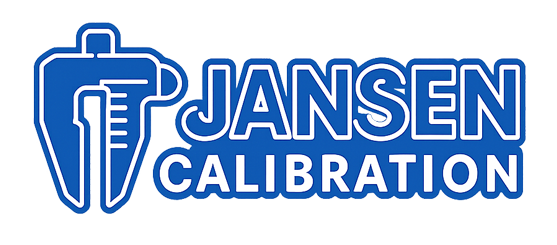
Oscilloscopes are fundamental instruments in electrical engineering, electronics testing, and research labs. From analyzing digital signals in embedded systems to diagnosing faults in power electronics, oscilloscopes provide real-time insight into electrical waveforms that multimeters and data loggers simply cannot deliver.
This guide explores the types, features, and industrial applications of oscilloscopes while presenting top product recommendations for engineers, technicians, and R&D professionals in 2025.
What is an Oscilloscope?
An oscilloscope is a test instrument that graphically displays electrical signals over time. It enables users to observe:
Voltage and timing relationships
Noise, glitches, and transient events
Rise and fall times of digital pulses
Frequency and signal integrity
There are two main categories:
Analog Oscilloscopes: Now rare, used primarily for educational purposes
Digital Storage Oscilloscopes (DSO): Store and analyze signals digitally
Advanced models also support logic analysis, protocol decoding, spectrum analysis, and mixed-signal testing.
Key Features to Consider in 2025
| Feature | Importance |
|---|---|
| Bandwidth | Determines the highest frequency signal captured (e.g. 70MHz to 2GHz+) |
| Sample Rate | Higher sample rate gives better waveform accuracy |
| Memory Depth | Allows capturing longer events without loss of detail |
| Channel Count | 2 to 8+ channels for simultaneous measurements |
| Protocol Decoding | Useful for I2C, SPI, CAN, UART, USB, and more |
| Touchscreen & UI | Faster navigation and analysis |
| Connectivity | USB, LAN, HDMI, or Wi-Fi for PC export and remote viewing |
Top Oscilloscopes for Engineering & Diagnostics (2025)
1. Siglent SDS2354X Plus Digital Oscilloscope
350 MHz bandwidth, 2 GSa/s sample rate
4 channels + logic analyzer (MSO ready)
Advanced math, FFT, and protocol decoding
2. Keysight InfiniiVision DSOX1204G Oscilloscope
200 MHz bandwidth, 4 analog channels
Integrated 20 MHz waveform generator
Optional serial decode: I2C, SPI, UART
3. RIGOL MSO5074 Digital Oscilloscope
70 MHz upgradeable to 350 MHz, 8 GSa/s
Mixed signal with 16 digital channels
Deep 100 Mpts memory, 4 analog + MSO
Industrial and Lab Applications
| Application Area | Use Case |
| Embedded Systems | Debugging I/O timing, bus communication |
| Automotive Electronics | Analyzing CAN/LIN signals, ignition and injector signals |
| Power Electronics | Observe switching waveforms, PWM, noise |
| Telecommunications | Signal integrity analysis and waveform distortion |
| IoT Devices | Mixed-signal validation of low-power protocols |
Calibration and Compliance Considerations
High-end oscilloscopes used in professional labs and production environments require:
Regular calibration traceable to ISO 17025 or NIST
Firmware and probe compatibility updates
Use of certified high-voltage differential probes when working with mains
Compliance with CE, FCC, and safety standards (EN 61010)
Choosing the Right Oscilloscope for Your Needs
Define Bandwidth based on signal frequencies to capture
Evaluate Sample Rate and Memory for resolution and long captures
Check Protocol Needs (I2C, SPI, CAN, etc.)
Consider Channel Count and Form Factor
Select Trusted Brands with local calibration and support availability
Trusted Brands for 2025
| Brand | Notable Features |
| Siglent | Affordable MSO-ready scopes with high performance |
| Keysight | Premium-grade instruments with industry-leading support |
| RIGOL | Flexible upgrade paths and deep memory depth |
| Tektronix | Advanced analysis tools for signal integrity and EMI |
| GW Instek | Cost-effective scopes for education and mid-range labs |
Conclusion
Oscilloscopes remain indispensable tools for electrical diagnostics, R&D, and advanced troubleshooting. By choosing the right model based on bandwidth, features, and certifications, you can ensure accuracy, speed, and versatility across diverse applications.
Find your ideal oscilloscope at Jansen Calibration – your global source for precision test instruments and lab equipment.



